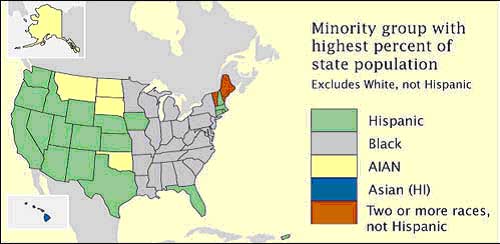
Index value plots pick a certain value to measure variables against. The example above shows the average stream flow index of New Mexico over a ten year period. The stream flow value that was set for normal this example was four. Above four meant New Mexico was too wet and below four was too low.







